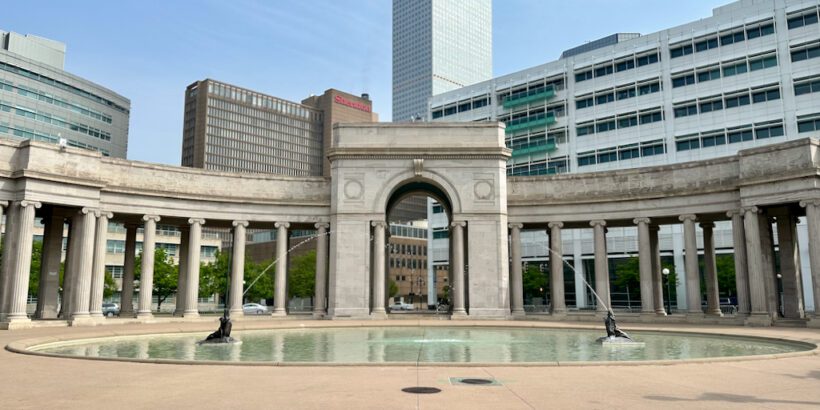ChatGPT is one of the most popular AI tools, and you can use it to help you optimize your travels in a lot of different ways.
From planning out your entire trip itineraries to getting the inside scoop on local delicacies, ChatGPT can save you a ton of time and act as a helpful soundboard whenever you’re trying to plan your trips.
Below, I’ll dive into several specific ways ChatGPT can be used to help you with your travels and provide you with some specific tips on how to use the prompts.
Table of Contents
The GPT disclaimer
Before getting into some of these tips, the biggest thing to remember is that AI is still a work in progress and can sometimes provide inaccurate or outdated information when it comes to travel.
I’ve been recommended restaurants that don’t exist and have been given inaccurate information about attractions that are closed, don’t exist, etc. So, you always have to double-check whatever Chat GPT sends your way.
It’s essential to use AI tools as a helpful resource, but always verify the information independently to ensure the accuracy and reliability of your travel plans.
Finding local delicacies and restaurants
When you first visit a destination it helps to get familiar with some of the local delicacies that place is known for and Chat GPT can help you accomplish this in a hurry.
I put in the following prompt to get the scoop on the Upper Peninsula (UP) of Michigan.
What are popular local dishes I should experience in the upper peninsula?
Chat GPT gave me an entire list of interesting local foods including: Pasty, Whitefish, Lake Superior Perch, Cudighi, Yooperlite Pudding, Jampot Products, Cornish Splits, Trenary Toast, Sautéed Morel Mushrooms, Wild Berry Pies.
For each food, it also gave me a little bit of the story behind it, so you can also get some additional context.
These results lined up pretty well with the research I had already done which means it could’ve saved me a lot of time had I just started off with Chat GPT.
Once you have a sense of the local cuisine then you can start looking for a specific restaurants. I recommend adding a couple of filters to your prompt to help you hone in on your preferences.
For example, you could use something like:
What are popular local restaurants I should experience in the upper peninsula? I don’t like seafood and do not want to eat at expensive restaurants.
That prompt gave me a whole roster full of affordable restaurants where I could avoid seafood and not break the bank dining out.
Of course, you could plug-in some of the local delicacies you learned about in the first prompt in order to find restaurants serving up special items you won’t find outside of that location.
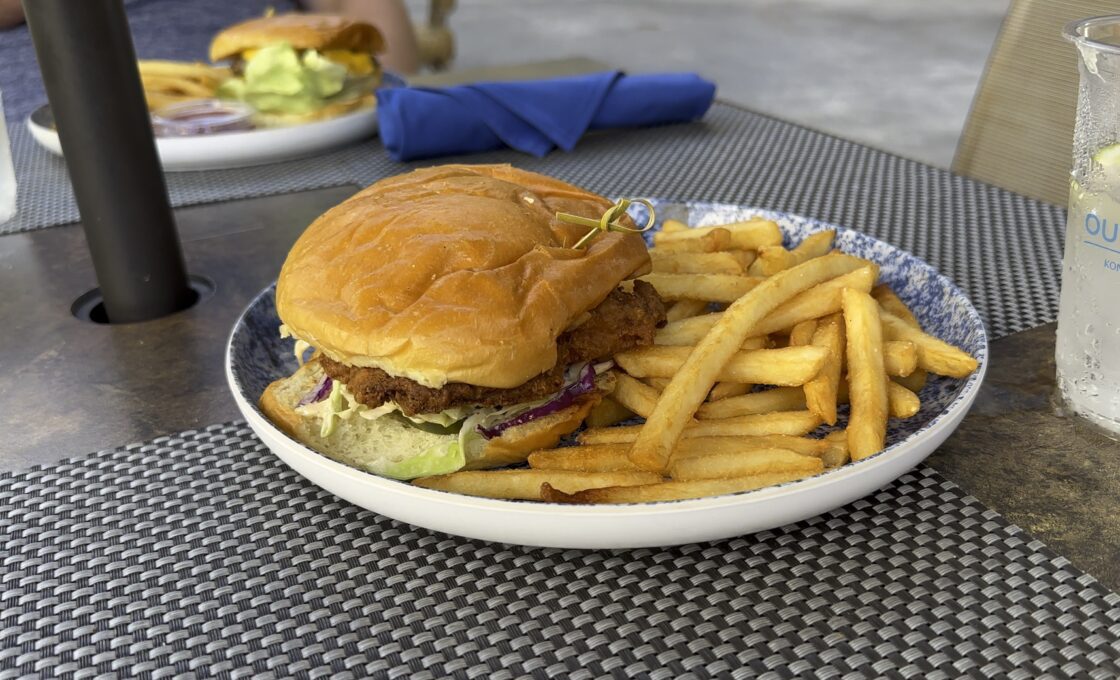
Finding things to do that fit your personality
You can find things to do by inputting descriptions of your personality or travel preferences and letting Chat GPT do the thinking for you. Let’s take a look at a sample prompt I did for the Big Island in Hawaii.
I am visiting the Big Island in Hawaii for 5 days. I don’t like big crowds, long hikes, or doing anything too risky. I like to remain calm, relaxed, and enjoy getting a lot of sleep on vacation. I would prefer not to drive far or spend a lot of time in a vehicle. What are some things I can do?
It gave me some decent options like beach relaxation, stargazing, snorkeling, and exploring botanical gardens which I felt like was pretty in line with the personality type I described.
But it also suggested things like a scenic drive which didn’t really fit the traveler I was describing who did not like road trips. Its recommendation for a luau would also would not really fit someone who doesn’t like big crowds, unless it was a specifically small one.
Nevertheless, you can still use this type of prompt to help align your personal preferences with the options available at your destination and it can be a great launching point for creating a custom itinerary.
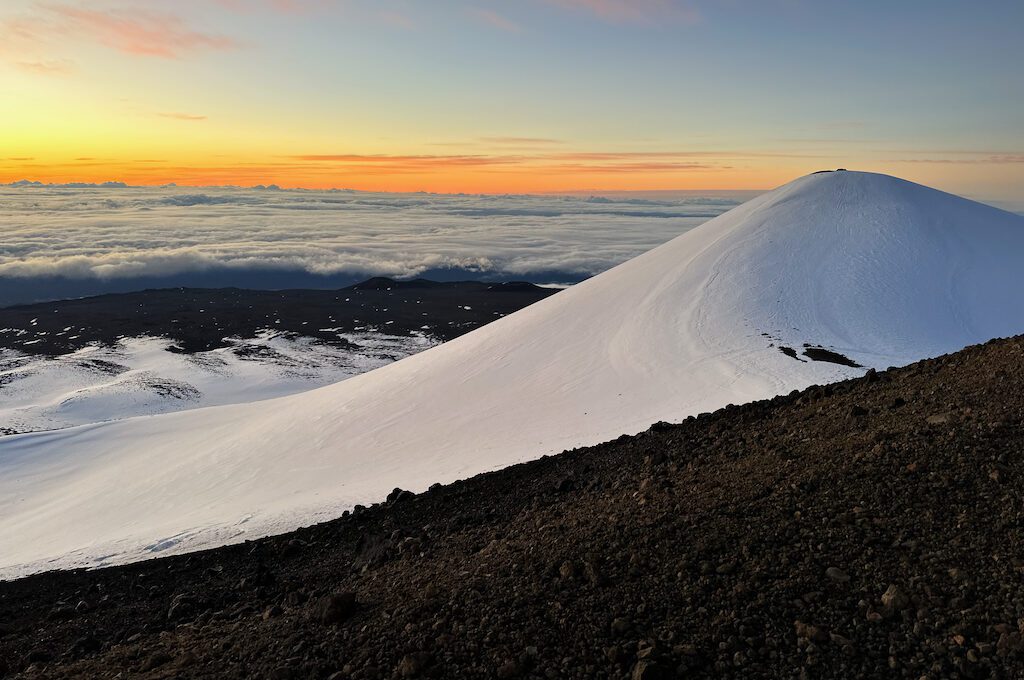
Budgeting your travel costs
Projecting your travel costs can sometimes be difficult.
Unless you are an experienced traveler and you know your spending habits when abroad, you can get lost with unexpected expenses, in the moment souvenirs, and possibly fall victim to scams or other ways to waste money.
But you can utilize Chat GPT to help you project your expenses.
The key with getting a good budget projection is being extremely specific. Take a look at the two prompts that I did below for Mexico City. They are very similar but the second prompt is more specific and it really impacted the projected budget.
Here is the first example that I did for Mexico City.
I am traveling to Mexico city for five days. I want to estimate the travel expenses. I already paid for my airfare but I need estimate for four nights in a luxury hotel, eating out 2 to 3 times a day, a budget for souvenirs, a rental car SUV, and one tourist activity each day.
Estimated budget: $1720 – $1770
And here is the second, more descriptive example that I did for Mexico City.
I am traveling to Mexico city for five days. I want to estimate the travel expenses. I already paid for my airfare but I need estimate for four nights in a five star luxury hotel, eating out 2 to 3 times a day sometimes at fancy restaurants, a budget for premium souvenirs, a rental car large SUV, and one tourist activity private tour each day.
Estimated budget: $3960 – $4060
That budget range is over two times as big as the first budget but that’s because I was much more specific with each budget item, so take that into consideration.
Whenever you request a budget like this, Chat GPT will itemize the expenses and it is relatively good at doing so especially for things like accommodation and rental cars. But if you’re not specific with things like tours, souvenirs, and dining, the estimates can be a bit useless because they can vary so much.
Another way to do the budget breakdown is to just tell Chat GPT how much money you have and where are you are going and then just see what it does.
Here is the prompt that I did:
I am traveling to Oahu for four days. I have $8000 to spend and I would like to max out my budget. Breakdown a potential budget for me.
Here is the budget it gave me:
- Accommodation: $1600 – $3200
- Dining: $400 – $800
- Transportation: $300 – $500
- Activities and Sightseeing: $800 – $1000
- Spa and Wellness: $300 – $500
- Shopping: $500 – $800
- Miscellaneous and Tips: $200 – $300
Total: $4100 – $7100
I was very generic with the request (just to see how it would handle the request) but I did a pretty good job overall. And again, the idea is to use these figures as a starting point for fine-tuning your budget.
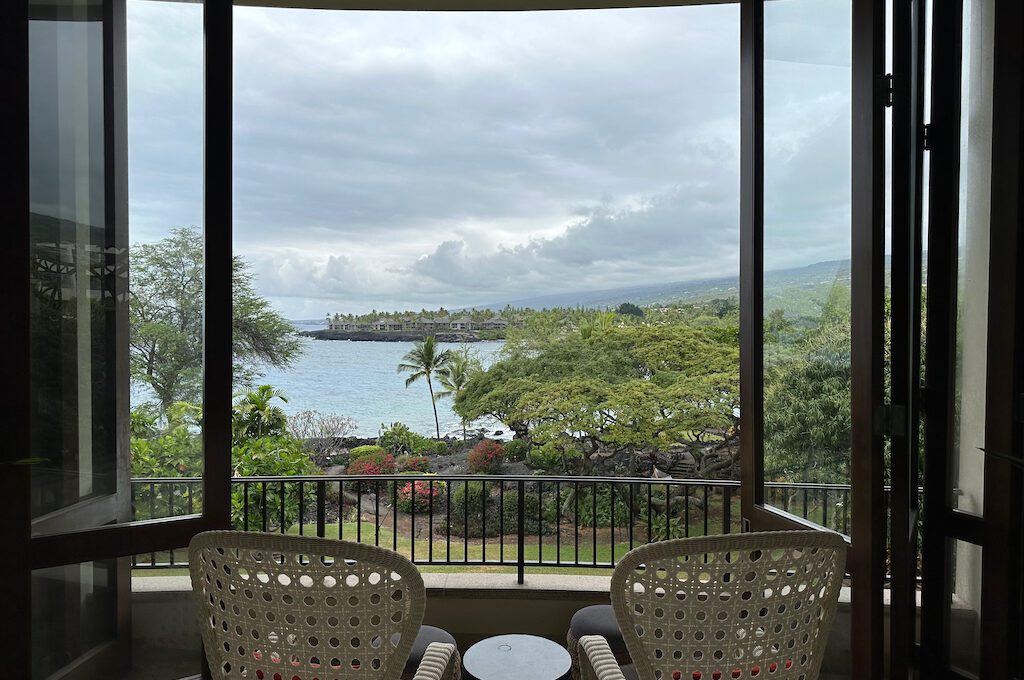
Crafting itineraries
Possibly the most impressive thing that Chat GPT can do to help you optimize your travels is helping you craft custom itineraries.
If you know approximately how long you will be in a given location and some of the things you want to do then you can use Chat GPT to craft your entire itinerary. Like everything else, the more information you give it the better.
Here is an example that I did for Denver.
I am going to be in Denver for three days. I would like to see a great museum, spend some time outdoors, and eat at a couple of great local restaurants. I will be working one of these days and will only have a couple of hours to explore but the other days I will be free for the entire day.
And this is what it gave me:
Day 1 (Working Day):
- Morning/Afternoon: Since you’ll be working on this day, use your free couple of hours to visit a nearby attraction. Consider going to the Denver Art Museum, which features an extensive collection of art from various cultures, including Native American and Western art.
- Evening: After work, treat yourself to dinner at a local restaurant. Head to a popular eatery like The Source, a food hall offering a variety of culinary delights from different vendors.
Day 2 (Free Day):
- Morning: Start your day with a visit to Red Rocks Park and Amphitheatre, known for its stunning natural red rock formations and breathtaking views. Take a short hike or simply explore the amphitheater area.
- Afternoon: Continue your outdoor exploration by visiting the Denver Botanic Gardens. These beautiful gardens offer a serene escape within the city, featuring a variety of plants and themed gardens.
- Evening: For dinner, indulge in some local cuisine at a restaurant like Buckhorn Exchange, Denver’s oldest restaurant, known for its Western-inspired menu and historic ambiance.
Day 3 (Free Day):
- Morning: Use this day to immerse yourself in the city’s history at the History Colorado Center. This interactive museum showcases the state’s past through engaging exhibits.
- Afternoon: Enjoy some leisure time outdoors by visiting City Park. You can take a stroll around the park, visit the Denver Zoo or the Denver Museum of Nature & Science, both located within the park’s vicinity.
- Evening: Wrap up your trip with dinner at a popular local restaurant like Root Down, offering farm-to-table cuisine and a diverse menu.
That’s a nice itinerary but you may want to just focus on the bare bones and in that case just use the following prompt:
Just give me the bare essentials of the itinerary
It then spit out the following more concise bullet points which is a lot more digestible:
Day 1 (Working Day):
- Visit Denver Art Museum in the afternoon.
- Dinner at The Source in the evening.
Day 2 (Free Day):
- Morning: Red Rocks Park and Amphitheatre.
- Afternoon: Denver Botanic Gardens.
- Dinner at Buckhorn Exchange.
Day 3 (Free Day):
- Morning: History Colorado Center.
- Afternoon: City Park, visit Denver Zoo or Denver Museum of Nature & Science.
- Dinner at Root Down in the evening.
As someone who spent the summer living in Denver area, this is a pretty good three day itinerary based on what I fed it.
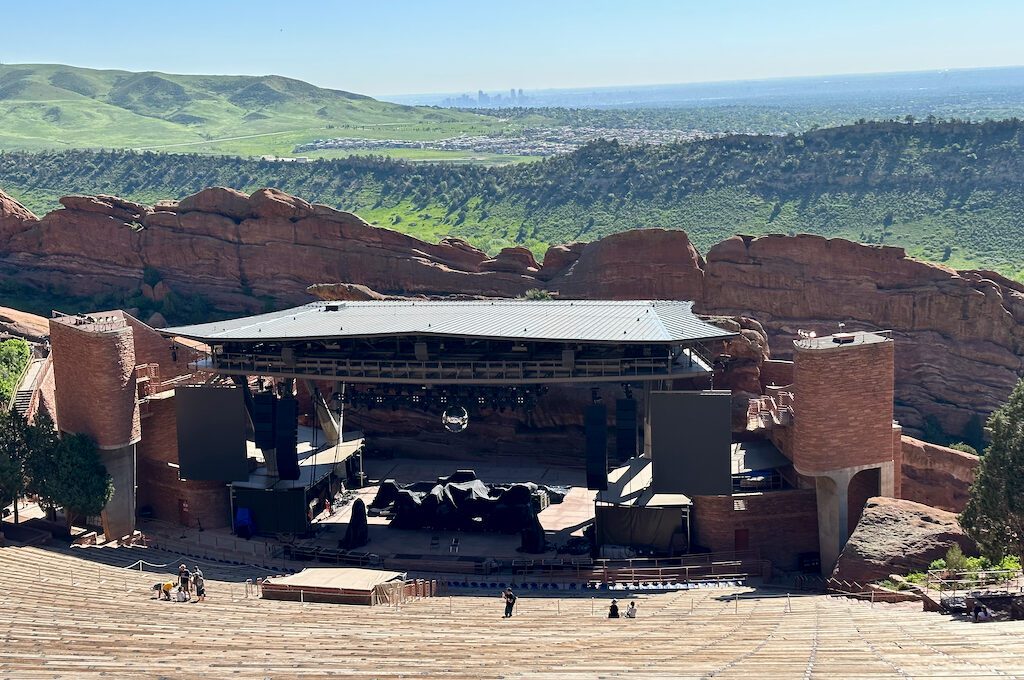
Packing list
Creating a packing list can be a bit time-consuming. And unless you have been iterating on your packing list over time, chances are you won’t get remember everything that needs to go in the list. Enter chat GPT.
You can use it to create a quick packing list based on your specific needs. For example, you can tell it where you are going and what you’ll be doing, if you want to pack heavy or lite, and any special things you might be bringing with you.
Here is the sample prompt:
Create a packing list for me. I am a male and want to pack lite. I will be traveling for four days in the Caribbean. I will be swimming, hiking, and going out a couple of nights. I have a GoPro and a DSLR. Present this in checklist format.
It gave me a pretty good standard list of items to consider before backing and you can easily copy and paste this into a Word document and then print it out.
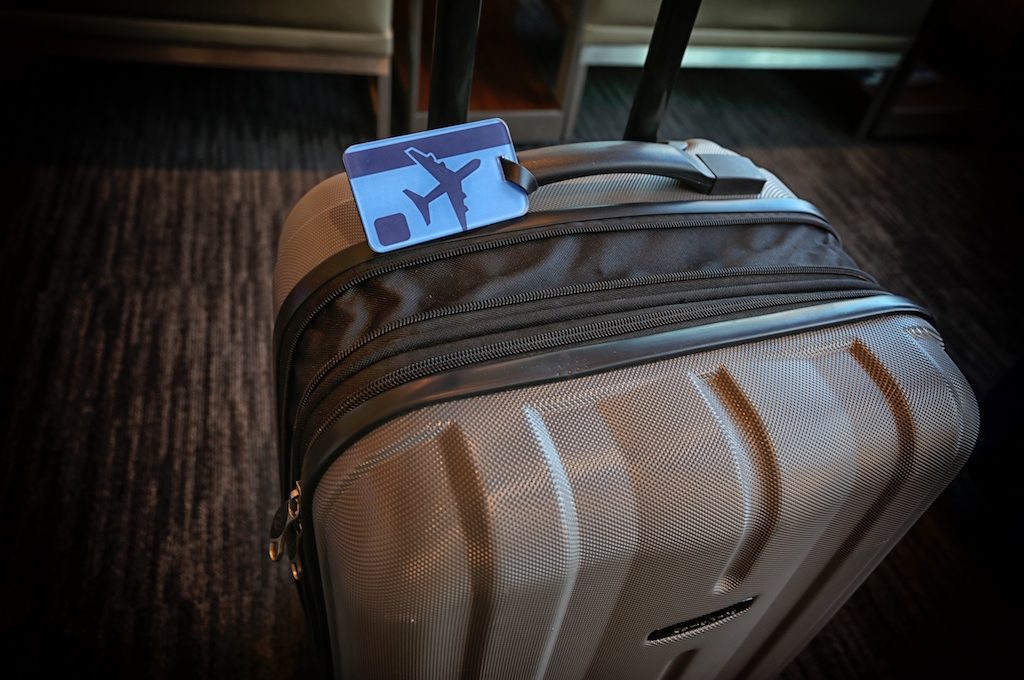
Get familiar with cultural norms
When traveling to a new country, one thing you don’t want to forget to look into is the cultural norms.
You want to obviously avoid anything taboo but you also want to try to fit in as best you can.
Here is the sample prompt:
I am traveling to South Korea. What cultural etiquette things do I need to know?
Chat GPT give me a host of different etiquette norms to consider including these ten things below.
Once again, it’s a good idea to verify these things but at the very least you’ll be on notice about possible etiquette norms in different locations.
- Bowing: Common form of greeting; bow to show respect.
- Using Both Hands: Use both hands when giving or receiving items.
- Removing Shoes: Take off shoes in certain places, follow locals’ lead.
- Polite Language: Use polite language and learn basic Korean phrases.
- Respect for Elders: Show deference and use appropriate honorifics.
- Dining Etiquette: Wait for the oldest person to start eating, don’t stick chopsticks vertically in rice.
- Pouring Drinks: Pour drinks for others, not yourself; hold the bottle with both hands when pouring for elders.
- Tipping: Tipping is not common; exceptional service is usually included.
- Public Behavior: Practice good manners in public; avoid loud talking on public transportation.
- Personal Space: Respect personal space and avoid prolonged eye contact or physical contact.
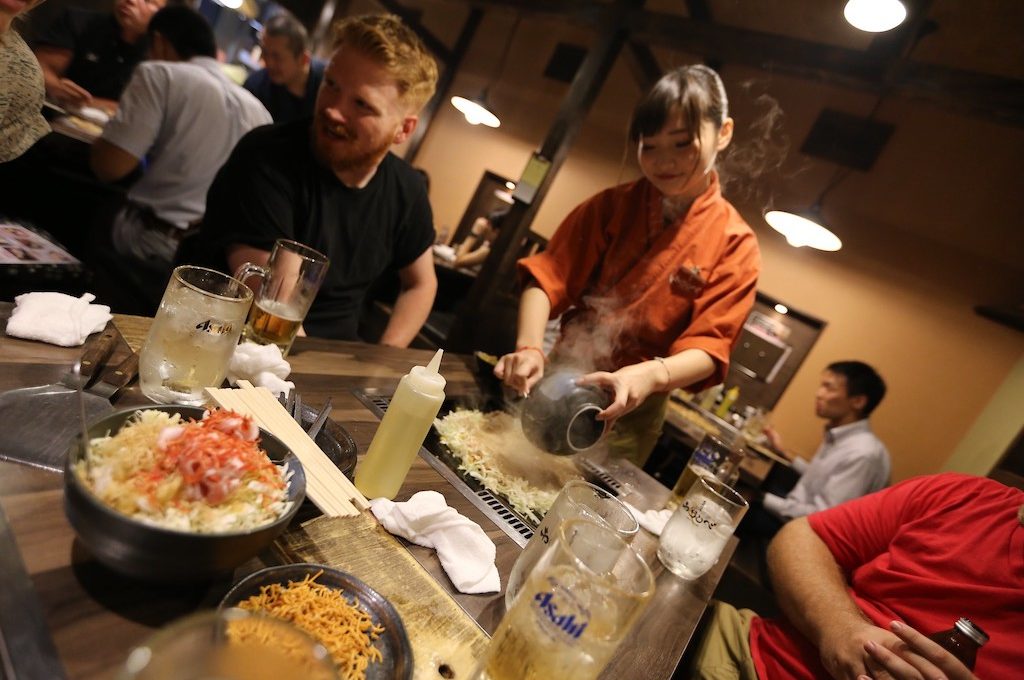
Souvenir ideas
Are you someone who is interested in picking up unique souvenirs whenever you travel to a new destination? Well, how do you know what to be on the lookout for? Once again, you can utilize Chat GPT to help you get ideas for unique souvenirs.
I tested this out on Easter island and it came back with some pretty great recommendations like Moai replicas, earrings made from materials like black volcanic stone, tapa cloth paintings, Manavai Stones, and Rongo Rongo Script Reproductions, just to name a few.
You can use a straightforward prompt like:
I’m traveling to Easter Island and want to purchase unique souvenirs. Give me some ideas.
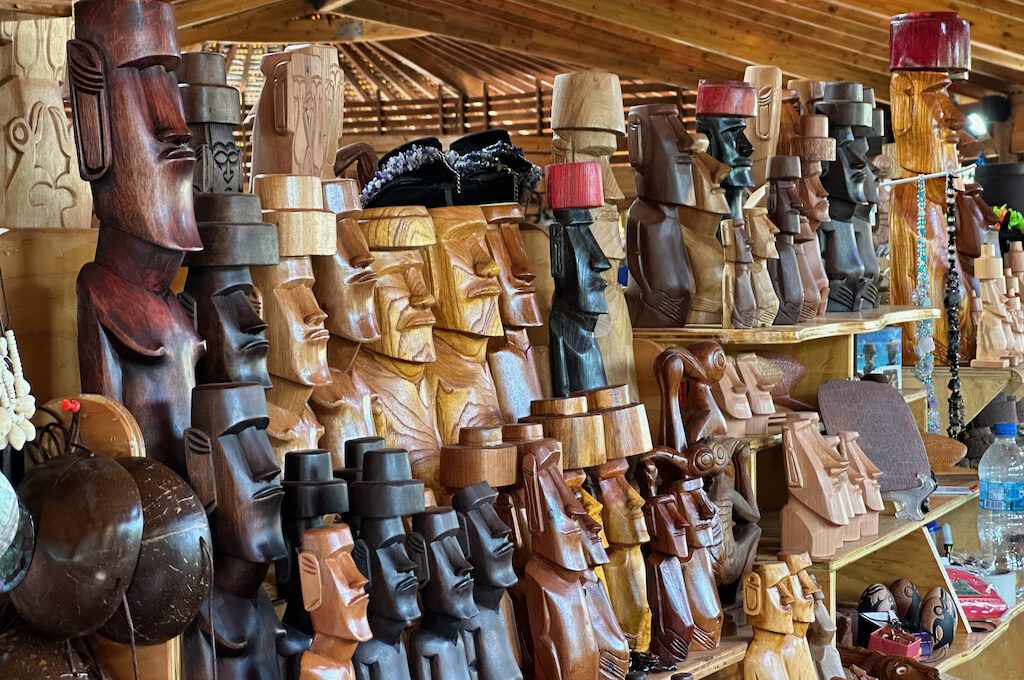
Expectations checker
One of the most important things to do when traveling is to properly set your expectations. This can dramatically reduce the frustration and let down you might encounter at some locations because you’ll be prepared for the challenges and you can go into it with the right mindset.
Chat GPT can help you do this.
I’m going to visit Easter Island. What are some potentially negative things I should be prepared to encounter there.
It came back and gave me warnings about things like limited infrastructure, limited access to protected sites, expensive prices, and a few reminders about things like the language barrier and subtropical weather.
While it did not dive as deep as an article I wrote on the challenges of visiting Easter Island, it still hit on some of the same things I talked about like limited access to sites.
I did the same thing for a visit in London and it gave me some helpful insight into things that can definitely cause issues like Tube strikes, long lines, etc.
For people who only have a surface level knowledge of a given location this can be a good way to quickly get familiar with potential turn offs.
You can also ask it “what are the most overrated attractions?”
I did this for London and it pointed out that it can be difficult to get a good view of The Changing of the Guard ceremony and that it can be extremely crowded. Once again, just giving you a heads up to set your expectations properly.
Final word
As you can tell, Chat GPT is not perfect but if properly utilized, it can help streamline your research efforts and give you some ideas you may not have thought about. As long as you remember to fact check some of its output it can be an extremely beneficial tool when planning out your travels.
Daniel Gillaspia is the Founder of UponArriving.com and the credit card app, WalletFlo. He is a former attorney turned travel expert covering destinations along with TSA, airline, and hotel policies. Since 2014, his content has been featured in publications such as National Geographic, Smithsonian Magazine, and CNBC. Read my bio.

